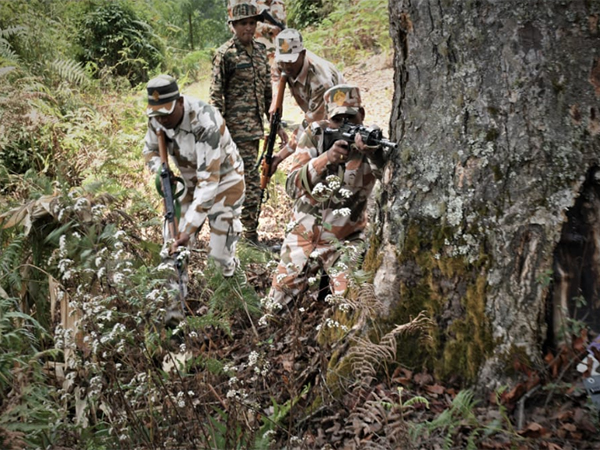Moody's assigns Ba2 rating to JSW Steel's unsecured notes, Fitch gives BB-minus
Oct 05, 2020

Singapore, October 5 : Moody's Investors Service on Monday assigned a Ba2 rating to the proposed senior unsecured notes to be issued by Periama Holdings LLC, a wholly-owned indirect subsidiary of JSW Steel Ltd.
The outlook on the rating is negative, it said. Meanwhile, Fitch Ratings assigned a BB-minus rating.
Moody's said the proposed notes are backed by an unconditional, irrevocable corporate guarantee from JSW up to 125 per cent of the notes' face value, and rank pari passu (on equal footing) with the company's existing senior unsecured debt.
"As a result, they are also rated at the same level as JSW's Ba2 corporate family rating," said Kaustubh Chaubal, Moody's Vice President and Senior Credit Officer.
"Proceeds from the issuance will be routed to JSW through the repayment of an inter-company loan and are expected to be used to repay existing indebtedness at JSW and for general corporate purpose."
The Ba2 corporate family rating reflects JSW's large scale and strong position in its key markets, competitive conversion costs -- resulting from its efficient operations and use of the latest furnace technology -- as well as good product and end-market diversification, given its increasing focus on value-added products and retail sales.
Moody's expects steel consumption in India, JSW's key operating market, to contract by at least 15 per cent in the fiscal year ending March 2021 because of weak automotive and manufacturing demand amid the pandemic, even as economic activity slowly resumes in Q3 fiscal 2021 and infrastructure investments rise.
"However, the impact on JSW will be modest due to its strong market position and competitive cost structure," added Chaubal.
JSW should be able to restore its metrics to appropriate levels by fiscal 2023, considering its relatively strong business profile, brand strength and technological capabilities which will help it sustain above-average profitability.
However, the possibility of second or third waves of virus infections or deeper economic costs than expected pose downside risks to this recovery forecast.
















